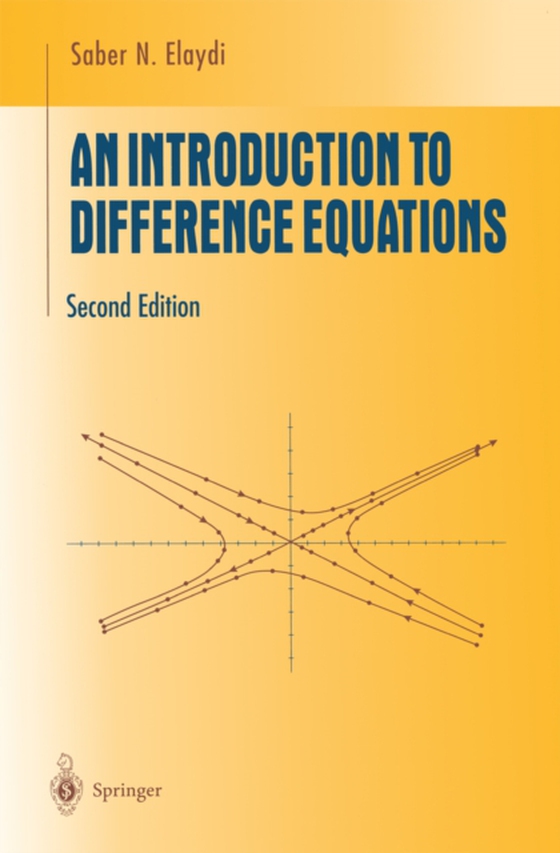
Introduction to Difference Equations e-bog
692,63 DKK
(inkl. moms 865,79 DKK)
The second edition has greatly benefited from a sizable number of comments and suggestions I received from users of the book. I hope that I have corrected all the er- rors and misprints in the book. Important revisions were made in Chapters I and 4. In Chapter I, we added two appendices (global stability and periodic solutions). In Chapter 4, we added a section on applications to mathematical b...
E-bog
692,63 DKK
Forlag
Springer
Udgivet
14 marts 2013
Genrer
PBK
Sprog
English
Format
pdf
Beskyttelse
LCP
ISBN
9781475731101
The second edition has greatly benefited from a sizable number of comments and suggestions I received from users of the book. I hope that I have corrected all the er- rors and misprints in the book. Important revisions were made in Chapters I and 4. In Chapter I, we added two appendices (global stability and periodic solutions). In Chapter 4, we added a section on applications to mathematical biology. Influenced by a friendly and some not so friendly comments about Chapter 8 (previously Chapter 7: Asymptotic Behavior of Difference Equations), I rewrote the chapter with additional material on Birkhoff's theory. Also, due to popular demand, a new chapter (Chapter 9) under the title "e;Applications to Continued Fractions and Orthogonal Polynomials"e; has been added. This chapter gives a rather thorough presentation of continued fractions and orthogonal polynomials and their intimate connection to second-order difference equations. Chapter 8 (Oscillation Theory) has now become Chapter 7. Accordingly, the new revised suggestions for using the text are as follows. The diagram on p. viii shows the interdependence of the chapters The book may be used with considerable flexibility. For a one-semester course, one may choose one of the following options: (i) If you want a course that emphasizes stability and control, then you may select Chapters I, 2, 3, and parts of 4, 5, and 6. This is perhaps appropriate for a class populated by mathematics, physics, and engineering majors.
 Dansk
Dansk

